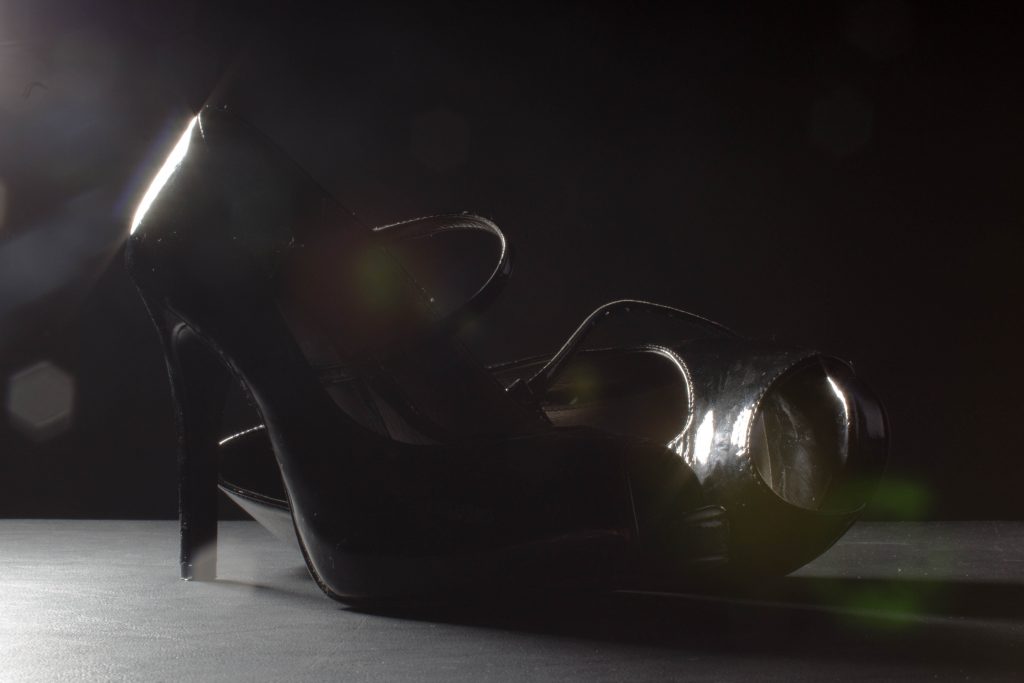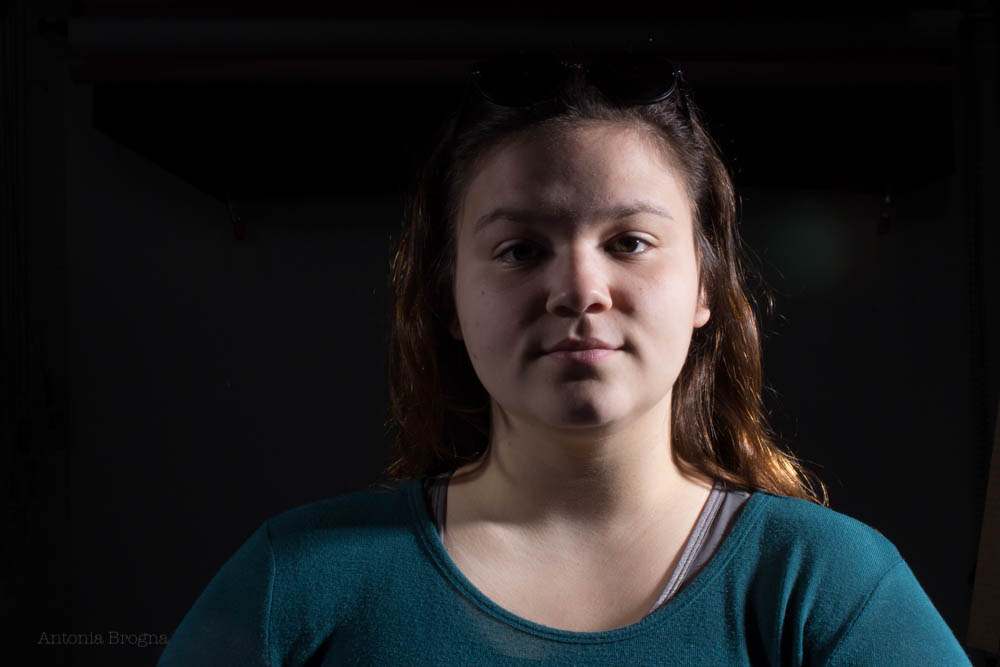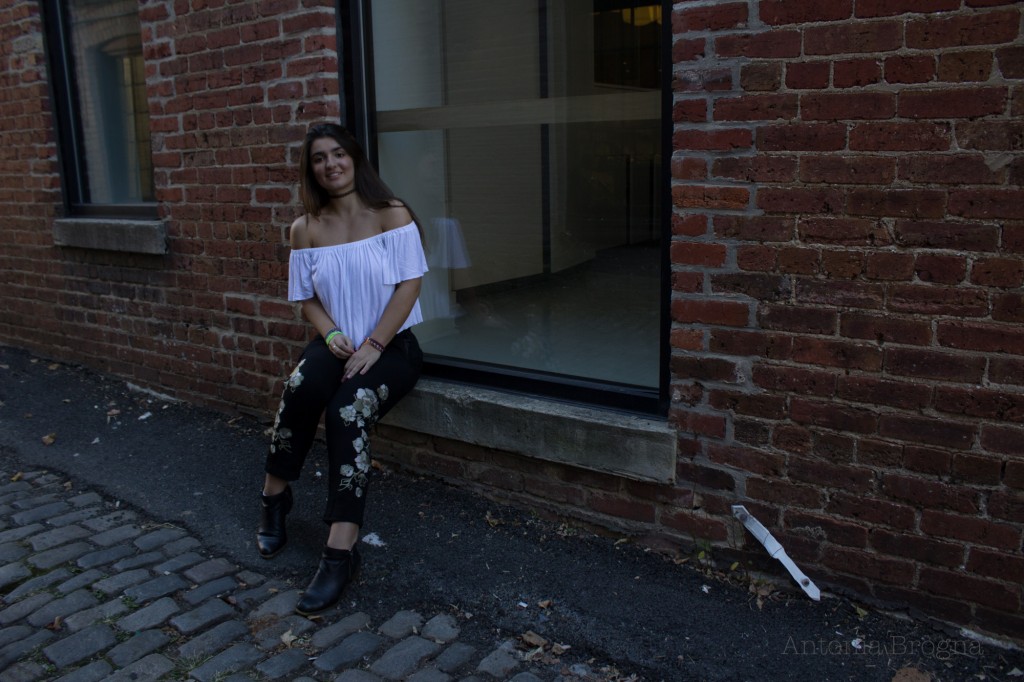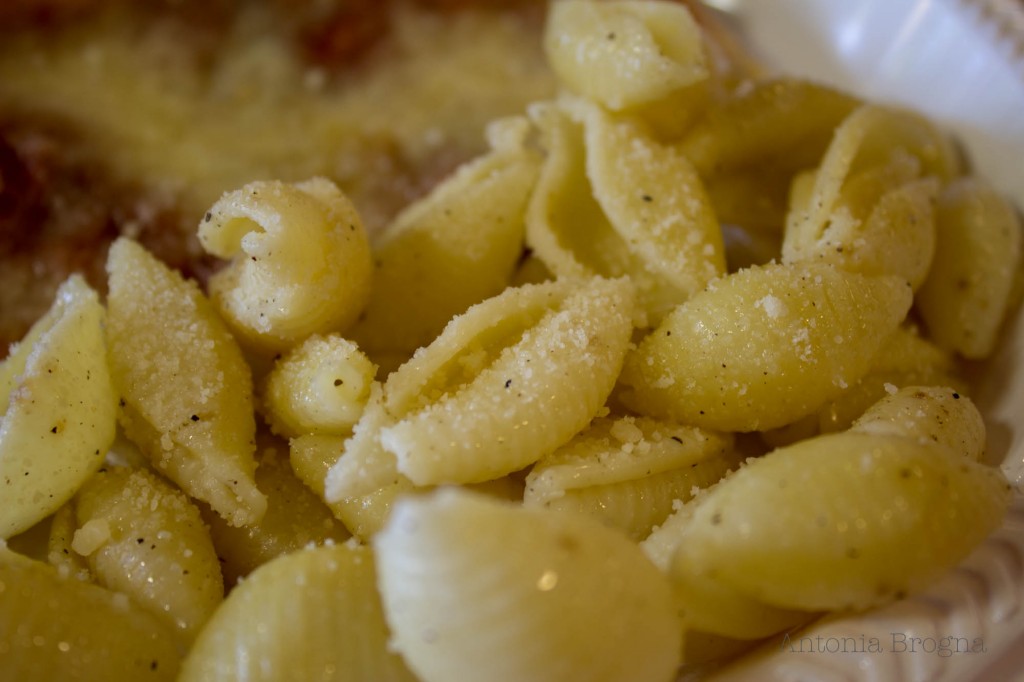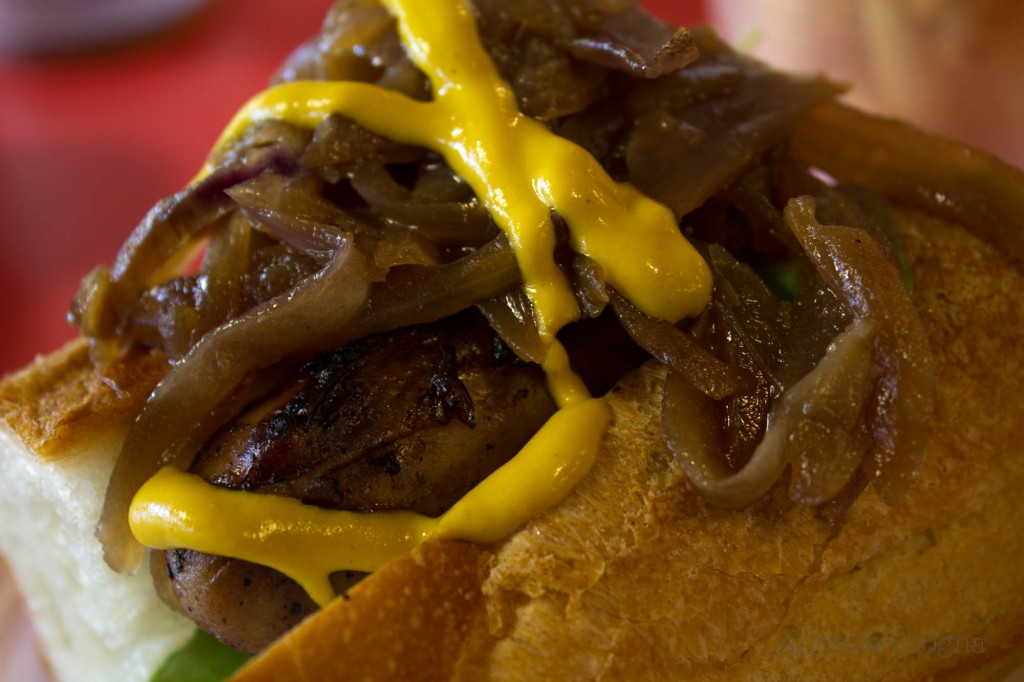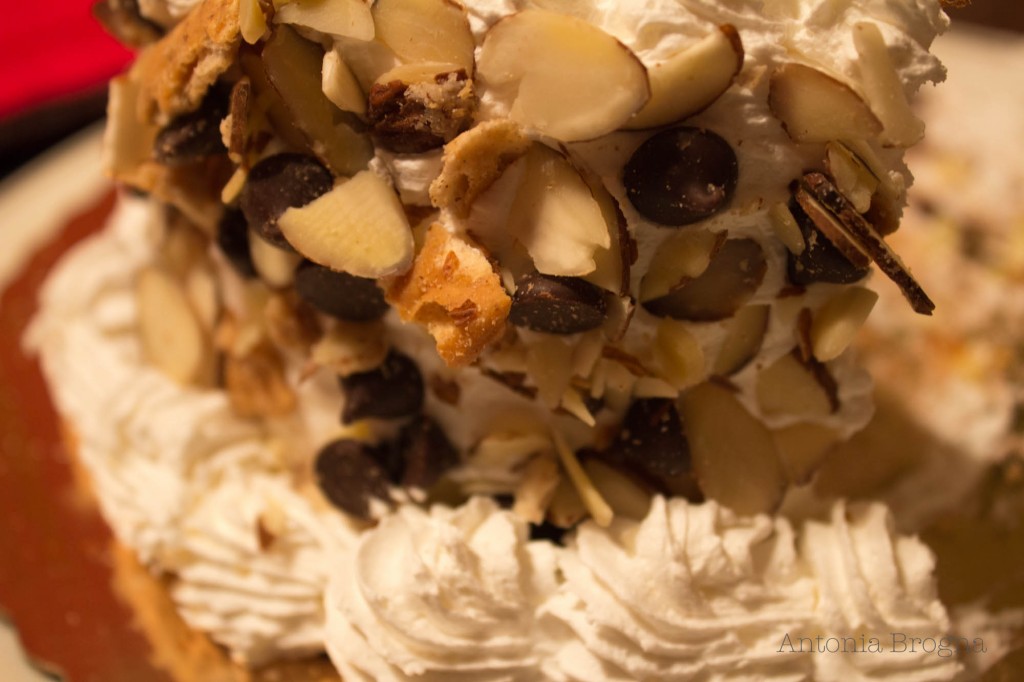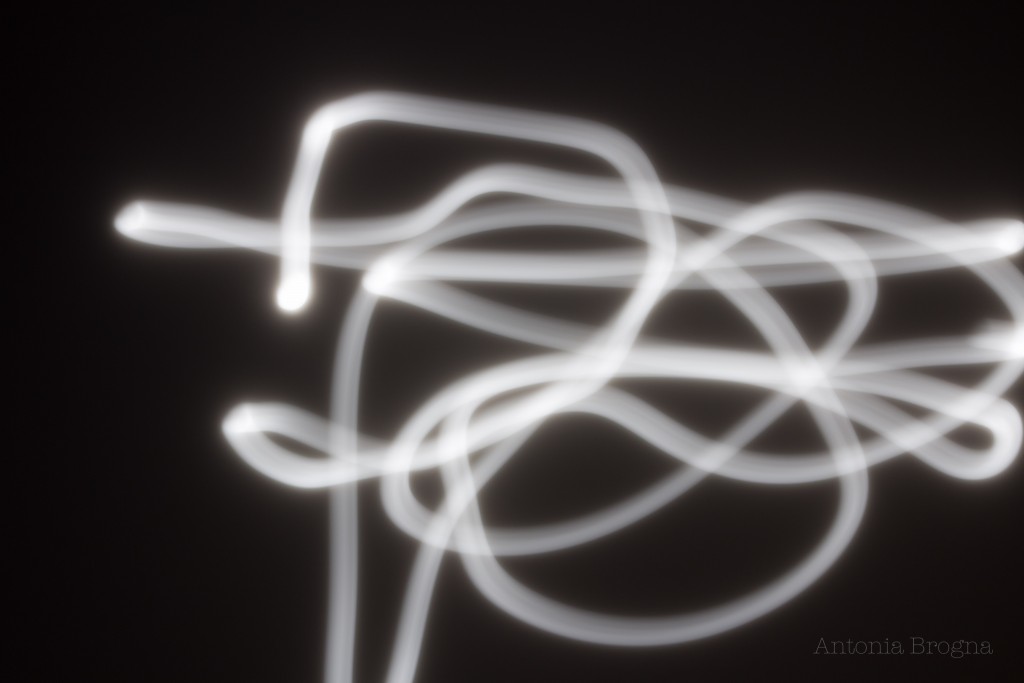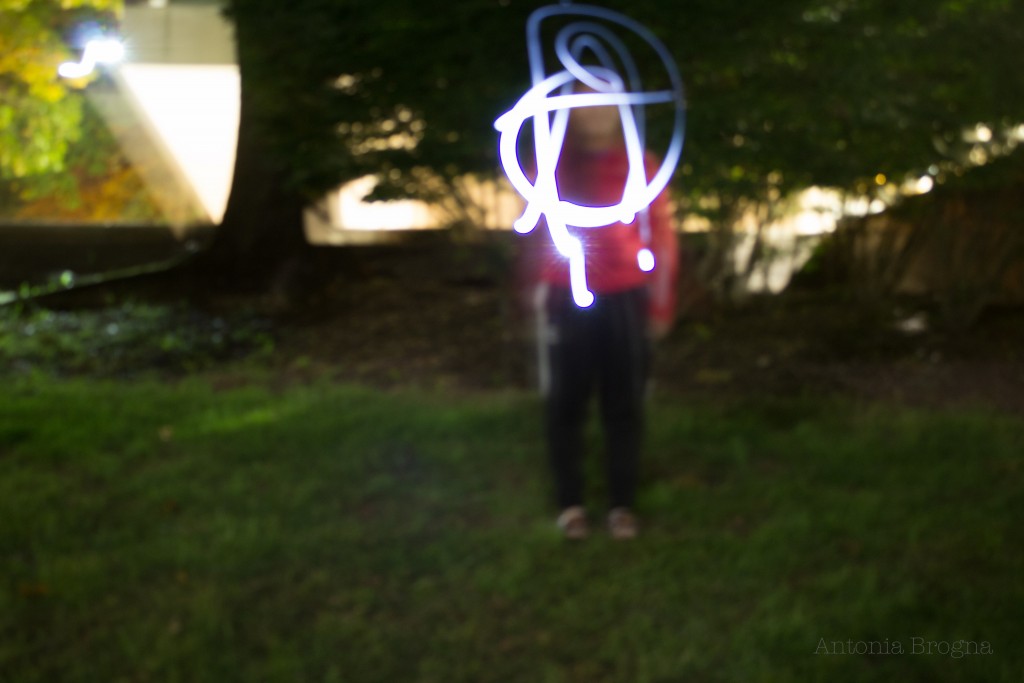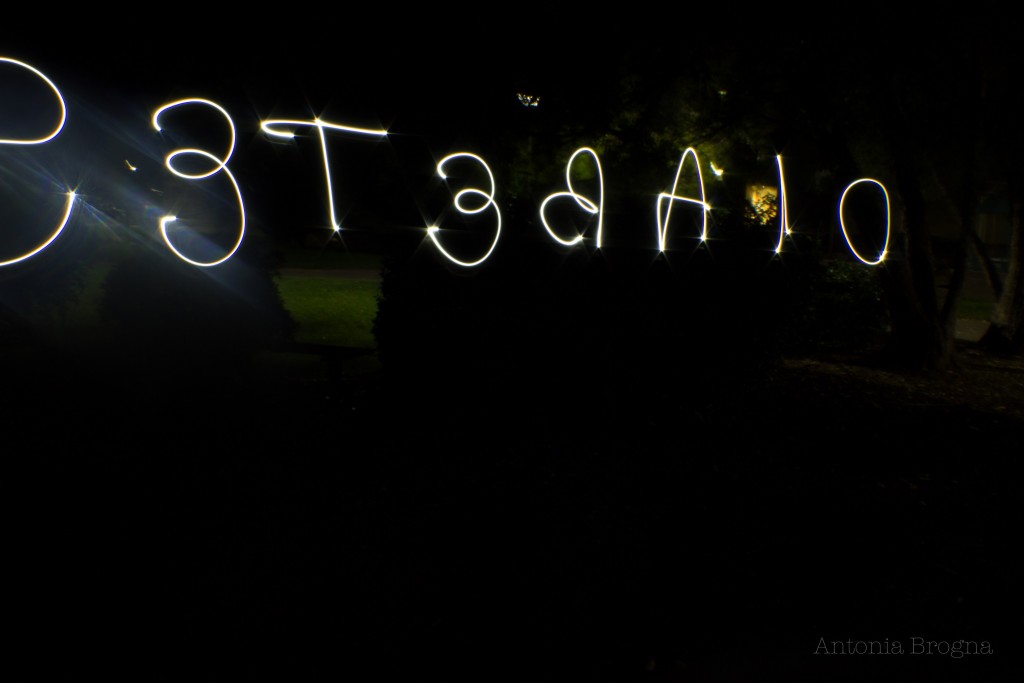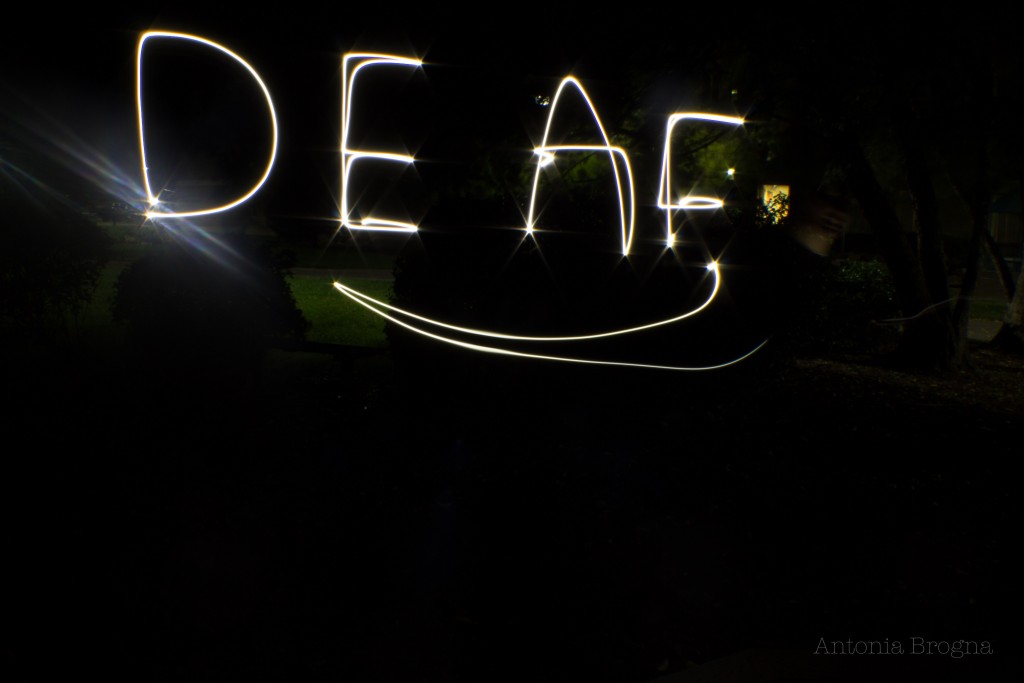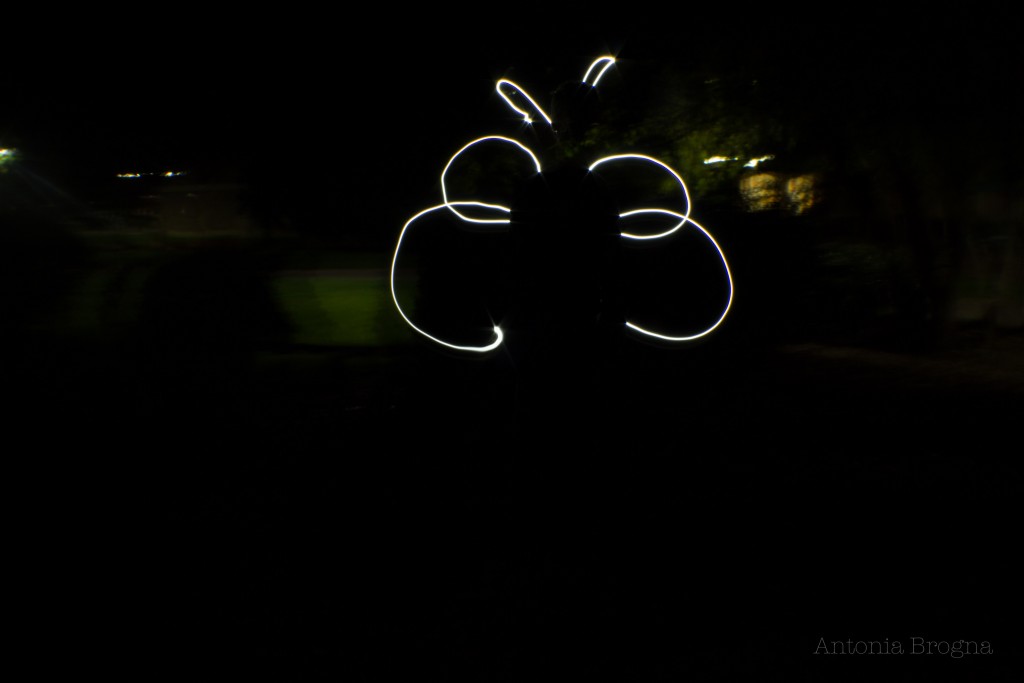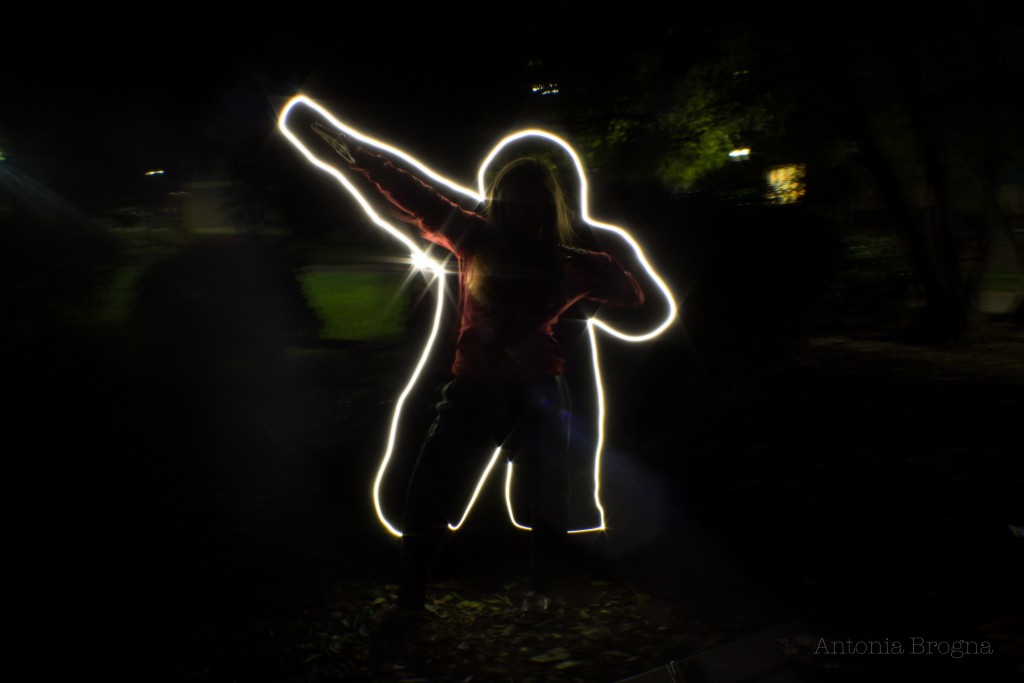For this project, I knew I wanted to use color gels to cast color onto my model, but I also chose to use the pink seamless in the studio to see how the two colors would interact with and play off each other. I also layered two color gels over each other to create a richer, deeper reddish-purple shade. The most successful images, in my opinion, were the ones where the seamless reflects multiple shades of colors. I really like the high contrast between the shadows and highlights as well.
Tag Archives: photography
Project 1: Nostalgia?
For this project, I wanted to make a statement about how an object can start off as something nostalgic, but over time, begins to lose its meaning. I photographed a pair of shoes, the shoes that I wore to junior prom. I tried to photograph them in a way that made them appear precious, almost like a product ad, but if you look closely, you can see the scuffs and dirt marks on the shoes that have come from carelessness.
Task 3: Lighting Ratios
For this task, we set up two lights shining onto the model. One light (the fill light) was kept at a steady reading of 4, while the other was (the key light) decreased in between shots to create the ratios.
Project Three: Composite Image
I just got back from a trip to Washington, D.C. so I decided to use photos from an impromptu photoshoot with my friends in Georgetown for this composite image. I combined three photos of my friend Anastacia to make this image.
This photo served as the base of the image. I used Photoshop to get rid of that white thing (probably a painting accessory) in the bottom right hand corner so it wouldn’t be distracting. I also cropped it to remove most of the window on the left.
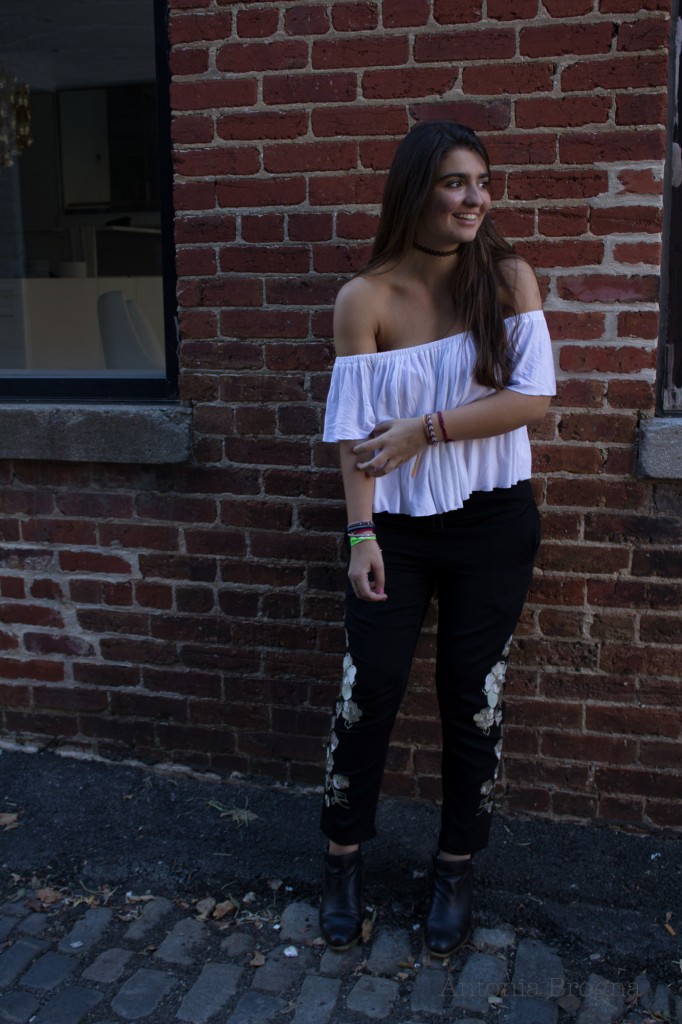 Next, I cut Anastacia out of this photo and moved the layer onto the original horizontal image. I decreased her opacity to make her look kind of ghostly, something like a memory of where she had been previously. I was going to add only this image, but then I decided that the canvas seemed to empty.
Next, I cut Anastacia out of this photo and moved the layer onto the original horizontal image. I decreased her opacity to make her look kind of ghostly, something like a memory of where she had been previously. I was going to add only this image, but then I decided that the canvas seemed to empty.
 I repeated the same steps on this photo to move it onto the composite image. I changed the opacity on this one as well, though on the composite image, this one is slightly less see-through.
I repeated the same steps on this photo to move it onto the composite image. I changed the opacity on this one as well, though on the composite image, this one is slightly less see-through.
I ended up also using Photoshop to add filters to the image to make it appear more sepia-toned and grungy. There is some noise in the photo, but I feel like it adds to the memory symbolism of the photo. The composite image also goes in reverse order to represent where Anastacia started in our shoot and ended. The image on the right hand side was one of the first pictures I took of her, and the one where she is seated is one of the last. This is why the image on the right is the faintest, the one of the left is at full opacity, and the one in the middle is at a median opacity.
Project 2: Monochrome vs. Color
For this project, we explored the differences in taking color and black and white photos. I decided to focus on food, because it can often be very colorful and textured, and gave me some different things to play with.
Task 3: Light Painting
Some more photographic experiments, this time with friends~
We were supposed to give light painting a try. There are so many different ways to go about doing this, so here are some methods I attempted:
One
For these takes, I used the moon as my light source because it was so bright. Since the moon was stationary, I moved the camera around to make designs. The moon was so bright that I had to use a very low ISO. Luckily, it didn’t pick up any extraneous lights.
Two
In these shots, I introduced a person. I had my friend Alyssa stand still but move just her arm, which held her phone. The background, however, was too illuminated. For the second photo, even though I had my camera on a tripod, I accidentally introduced some camera shake when I pressed the shutter button, so I decided to move around the camera while my friend moved around her phone. I think it created a cool, blurred background effect that I wasn’t really planning on getting. However, the background was still too bright for my liking, so I tried to change the ISO again. The tricky part was that it couldn’t be too low because then the light wasn’t prominent or bright enough, but if it was too high, you could see the background.
Three
For the next series of photos, my friends wanted to write out words. They have pretty messed up senses of humor, though. Alyssa has diabetes, so that was the word she chose to write. The biggest struggle with her was getting her to stay in the frame and spell or write diabetes correctly (in her defense it was close to 1 AM.) My friend Mike suggested that we try a wide angle lens, so I added a wide angle attachment to my usual lens. I was then able to get Alyssa to stay in the scene, though it took her several tries to get her desired effect (though she couldn’t write it backward, so her word looks mirrored in the photograph.) My friend Marissa then wrote “Yikes” because that’s her catchphrase. Hers went a lot smoother. Then, Mike wrote “Deaf” because he is deaf in his left ear. With his, we learned that if you shined his phone flashlight in one spot for too long, it would create a type of sparkling effect. They all used their phone lights for this.
Four
In this one shot, Mike used a small, green Hulk/Bruce Banner keychain flashlight to draw music notes. It’s not very clear because of the size and quality of the light, but it was the first time we played with color.
Five
In the next series of photos, we played around a lot with lighting the subject and drawing behind or around them. We experimented with how far away you had to be to really light the person. We learned that with our camera flashes, it wasn’t enough to stand next to the camera and shine the light on the person, which is what we tried in the second picture. Instead, one person had to run up to the person and light them up before running out of the scene so another person could run in and draw something. I don’t think we ever really came up with the best lighting solution, though, because most of the subjects are unevenly lit.
Five
This shot happened accidentally because Alyssa exposed her phone screen to the camera, but it created a cool, faded, colored look.
Six
We decided to keep experimenting with color, so I told Marissa to hold one of my camera filters over the flash of her phone while drawing a thought bubble coming out of Alyssa’s head. Alyssa is also super awkwardly lit in this, thanks to Mike.
Seven
For this shot, we decided to draw a crown over Alyssa’s head. The initial problem was that no one could seem to draw a proportional crown in the right spot. Once that was mostly resolved, the second problem became that Alyssa could not stand still or keep a straight face long enough, so if you look closely, you’ll see her face looks kinda demented.
Eight
Our last method was the silhouette. Mike used his phone flashlight, which was the brightest of all of ours, to trace Alyssa’s stance. According to Alyssa, it looks like she has fireworks shooting out of her armpit because Mike held his light in one spot for slightly longer than the rest.
And so it begins…
“Genuine beginnings begin within us, even when they are brought to our attention by external opportunities.” – William Throsby Bridges
Just as the quote suggests, ARS281has brought me here, but this is the beginning of my journey as a photographer. This will be a (mandatory) journal of my photographic efforts, research and finding. If you’re Professor Jasna Boudard, here’s my work, enjoy. If you’re one of my classmates, best of luck to you on yours. And if you’re just here by accident, welcome, hope you’re not too bored.






